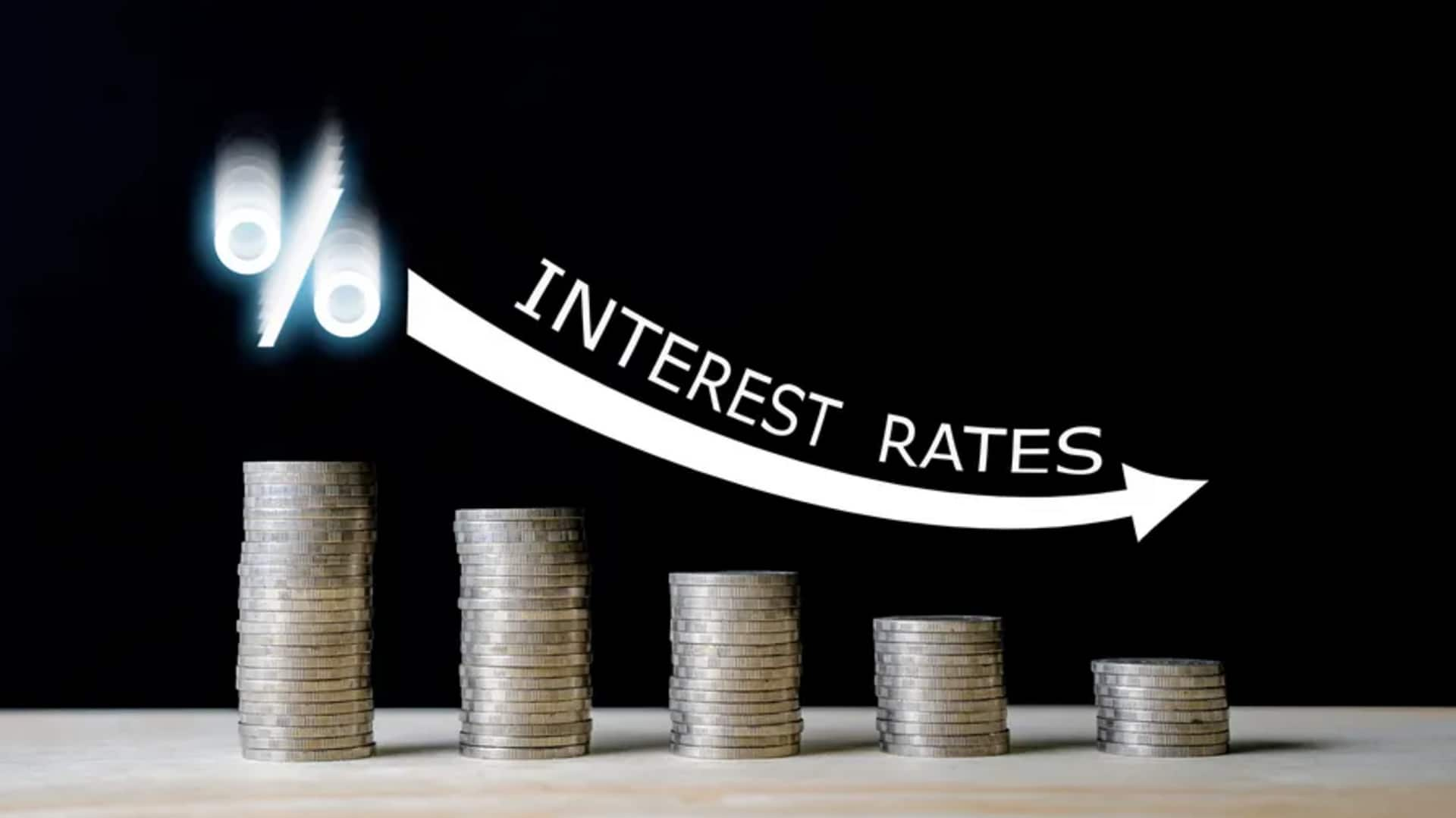
What changes for you when central banks cut interest rates
What's the story
Central banks worldwide are preparing for a significant shift in fiscal policy, with plans to reduce interest rates this fall. This move marks the end of an era characterized by unusually high borrowing costs. The US Federal Reserve is expected to join other major central banks such as the European Central Bank (ECB) and the People's Bank of China in implementing these cuts. These key rates have been maintained at levels unseen since before the 2007-2008 financial crisis.
Market response
Market anticipates US Federal Reserve's rate cut
The money market has already factored in a rate cut from the US Federal Reserve. This anticipation was further solidified last week when investors gained more confidence in the forthcoming easing measures. At the annual Jackson Hole symposium, Fed Chair Jerome Powell stated that it was time for policy to adjust and emphasized the central bank's commitment to strengthening the labor market and advancing inflation progress.
Rate predictions
High expectations for multiple rate cuts by year-end
Current market pricing indicates strong expectations for three 25 basis point cuts by the US Federal Reserve before year-end, according to CME's FedWatch tool. This would align the Fed with its global counterparts, despite initiating these measures later. The ECB and Bank of England (BoE) are also projected to reduce rates by 25 basis points at least three times this year. These central banks are expected to continue monetary easing into early 2025.
Economic outlook
Lower-rate environment to ease inflation pressures in 2025
The global economy is forecasted to experience a broadly lower-rate environment next year, which will significantly alleviate inflation pressures. In the US, recent fears of a recession have largely subsided. Despite weaknesses in major manufacturing economies like Germany, service-focused countries like the UK are witnessing robust growth. However, the impact of these changes on financial markets remains uncertain.
Rate cut in India
Will RBI also follow suit?
The RBI's stance on rate cuts remains difficult despite the rising possibility of Fed rate cuts in September. The central bank's primary concern is controlling inflation, which remains above its target of 4%. A key challenge for the RBI is non-core inflation, particularly food prices. These prices are driven by supply-side factors that are largely outside the control of monetary policy. Until food inflation subsides, the RBI is unlikely to consider significant rate cuts in India.
Impact
Interest rate cut should lead to lower borrowing costs
When a central bank cuts interest rates, banks usually follow suit, making home loans, car loans, and personal loans cheaper. This could be a good time to consider borrowing money for a major purchase if you have good credit. Lower borrowing costs could encourage people to spend more, potentially leading to an economic boost across multiple sectors. The flip side is that lower interest rates also mean potentially lower returns on your savings accounts and other bank deposits.